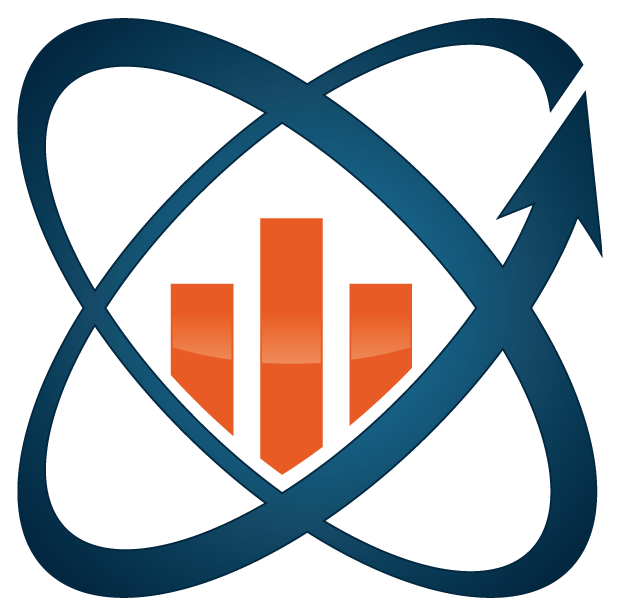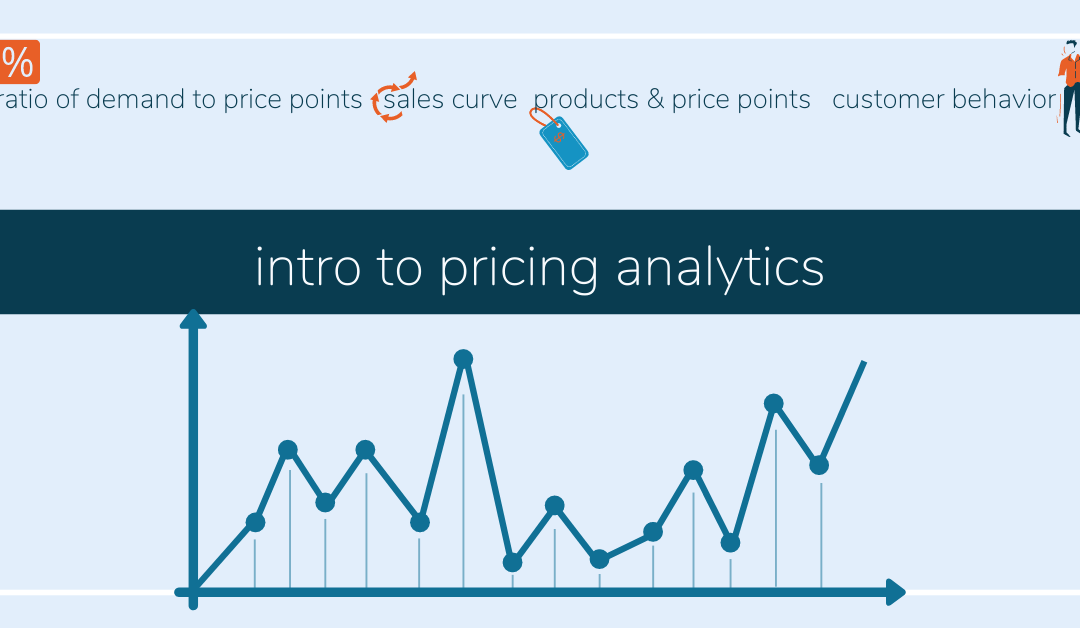analysis what, how, and why
a detailed examination of anything complex in order to understand its nature or to determine its essential features : a thorough study
– Merriam Webster Dictionary
Analysis is everywhere. It’s the next silver bullet, it can solve all your business problems, it can make you money and more. But what is it?
At its core, analysis answers questions about something, anything really. You can analyze a person, a place, a thing, a set of data, a situation, etc. In this article we cover pricing analytics; the analysis of your sales transactional data to determine the success of your existing products and pricing.
While there are plenty of tools on the market for general analysis, like financial planning, there aren’t many made for pricing. Companies interested in understanding their pricing performance usually need to engage expensive pricing consultants. To help you get a better understanding of what you can do yourself, we describe some of the more common types of pricing analytics below.
types of analytics used for pricing
The following is an introduction to pricing analytics. The output you achieve on your own will depend on the quality/quantity of available data and the analyst’s skills. More information will be provided in later articles on how to run the analysis and the specific ways they support your pricing process and decisions.
products & price points
This set of analysis lets you understand what you are selling and for what price. It evaluates which products sell and which don’t. It also shows the prices your products are selling for. Conclusions that can be drawn are:
❖ Which products and price points need attention
❖ The diversity and differentiation of the existing pricing model
❖ The existing price ⟷ demand ranges
❖ All basic information that is used for further analysis like total number of products sold, average price, etc
sales curve
The sales curve shows the pace of your sales over a selected sales period. It allows you to compare how fast and how far ahead individual products sell. Conclusions that can be drawn are:
❖ The range of sales behavior for your products
❖ Identifies the phases of your sales cycle sales
❖ Average sale lead time
❖ Products that sell out versus those that don’t sell
ratio of demand to price points
This ratio identifies how well a product is performing by comparing the average revenue earned per product to your overall revenue. Products with higher demand should be sold for a higher price on average than products with lower demand. Frequently this relationship is not found in actual sales data, pointing to areas in need of corrections.
customer behavior
Lastly you need to understand your customer groups and their different behaviors. To achieve this, you can:
❖ Use customer loyalty program data or other third-party ecommerce data that associates a buyer with a specific purchase/transaction
❖ Create independent models of various customer groups, the products they buy and the purchase parameters they value (best vs cheapest experience, long term planning vs spontaneous purchase)
Models like these can be verified by looking at historical data; e.g. the timing of purchases, which purchases are made first, purchase of expensive or cheaper products. These are indications of which group is acting. This information is in invaluable for seeing if your existing pricing is effective and for setting future prices
how do I get started?
The first thing you need to do is extract your transactional sales data from your ticketing system. This data includes each ticket you sell, any dimensions or categories that describe who the ticket was sold to and of course the price. Then you need to decide which questions you want to answer. And lastly you need to decide which analysis to run to get those answers. For more on this topic and how to get started join us for our webinar on 2 Jul.

